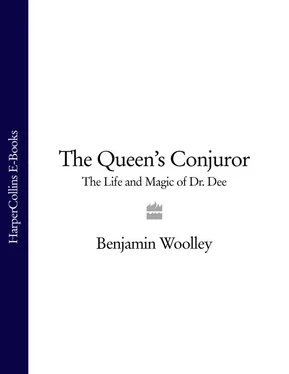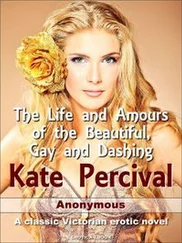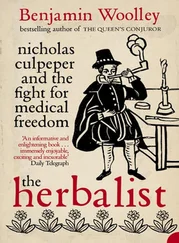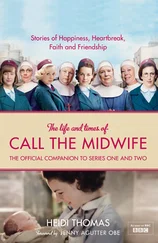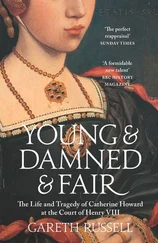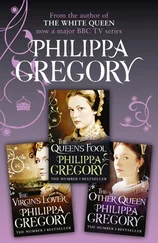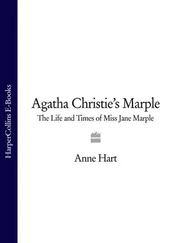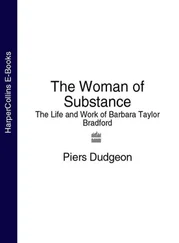THE QUEEN’S
CONJUROR
The Life and Magic of Dr Dee
BENJAMIN WOOLLEY
Flamingo
An Imprint of HarperCollins Publishers 77-85 Fulham Palace Road, Hammersmith, London W6 8JB
www.harpercollins.co.uk
First published in hardback by HarperCollins 2001
Copyright © Benjamin Woolley 2001
Benjamin Woolley asserts the moral right to be identified as the author of this work
All rights reserved under International and Pan-American Copyright Conventions. By payment of the required fees, you have been granted the non-exclusive, non-transferable right to access and read the text of this e-book on-screen. No part of this text may be reproduced, transmitted, down-loaded, decompiled, reverse engineered, or stored in or introduced into any information storage and retrieval system, in any form or by any means, whether electronic or mechanical, now known or hereinafter invented, without the express written permission of HarperCollins e-books.
HarperCollins Publishers has made every reasonable effort to ensure that any picture content and written content in this ebook has been included or removed in accordance with the contractual and technological constraints in operation at the time of publication.
Source ISBN: 9780006552024
Ebook Edition © OCTOBER 2011 ISBN: 9780007401062
Version: 2014-10-17
‘He cometh unto you with a tale which holdeth children from play, and old men from the chimney corner.’
SIR PHILIP SIDNEY, DEFENCE OF POESY
Cover
Title Page
Copyright
Epigraph
PREFACE
INTRODUCTION
THE FLIGHT OF THE DUNG BEETLE
I
II
III
IV
THE LORD OF MISRULE
V
VI
VII
VIII
THE MOST PRECIOUS JEWEL
IX
X
XI
THE UNDISCOVERED LIMIT
XII
XIII
THE FIERY TRIGON
XIV
XV
XVI
BRIGHT SQUADRONS
XVII
XVIII
XIX
THE PRINCE AND THE JUGGLER
XX
XXI
XXII
CAESAR’S COURT
XXIII
XXIV
XXV
RAVISH’D BY MAGIC
XXVI
XXVII
XXVIII
THE LONG JOURNEY
XXIX
XXX
EPILOGUE
KEEP READING
NOTES
SELECT BIBLIOGRAPHY
CHRONOLOGY JOHN DEE
INDEX
About the Author
Praise
About the Publisher
For clarity and consistency, the spellings used in quotations have generally been modernised. I have also adopted the Gregorian calendar for dating events, including those occurring when the old style Julian calendar was still in use. The Gregorian system or ‘new style’ was introduced on 4 October 1582, making that month ten days shorter. It also standardised 1 January as New Year’s Day. England continued to use old style dates, celebrating New Year on Lady Day, 25 March. This means, for example, 1 March 1584 old style converts to 11 March 1585 new style. Where an old style date identifies an original document (such as a letter), it has not been converted.
Following Dee’s example, I have also anglicised the names of some of the people and places he encountered during his travels.
The primary source material for this book is a collection of diaries written by Dee. The personal diaries are preserved in the Bodleian Library at Oxford, the diaries recording his angelic ‘actions’ at the British Library in London. Selections have been published by Casaubon in True and Faithful Relation, Halliwell in The Private Diary of Dr. John Dee and most recently Fenton in The Diaries of John Dee (see the Bibliography for complete references). I would like to thank Edward Fenton for allowing me to quote from his book, and also for his help with my researches and writing.
For help with researches in Bohemia and Poland, thanks go to Michal Pober, György Szônyi and Yustyne Kilianćzyk, who accompanied me during my travels, and to Václav Bužek, Vladimir Karpenko, Lubos Antonin, Lubomir Konecny and Denisa Kera. For suggestions, corrections, contributions and translations, thanks go to Robin Cousins, Michal Pober, William Sherman, Stephen Clucas, Darby Costello, Alan Stewart, Stephen Clucas, William Stenhouse and Anke Holdenried. I should also like to acknowledge the authors whose recent scholarship has been invaluable in the compilation of this work, particularly Michael Wilding, Deborah Harkness, Julian Roberts, Andrew Watson, Christopher Whitby and Jim Reeds.
Personal thanks go to Arabella Pike, Anthony Sheil, Asha Joseph and Matthew Woolley.
One day in 1642, Robert Jones, a confectioner living at the sign of the Plough in London’s Lombard Street, decided to go with his wife Susannah to Addle Street, a lane running up from Casde Baynard, the great Norman fort on the banks of the Thames. 1 The street was lined with joiners’ shops, and Mr and Mrs Jones were out to buy some ‘household stuff’. Their eyes alighted on a ‘Chest of Cedar wood, about a yard & a half long’. The lock and hinges were of such ‘extraordinary neat work’, the chest ‘invited them to buy it.’
They discovered from the shopkeeper that the chest had come from the household of Thomas Woodall, a royal surgeon. 2 Woodall had apparently inherited it from his father, who was also a surgeon. Mr and Mrs Jones bought it and took it back to Lombard Street, where it remained undisturbed for twenty years.
In 1662, they decided to move the chest. When they lifted it, they heard a rattle ‘toward the right hand end, under the Box or Till thereof, & by shaking it, were fully satisfied it was so.’ Mr Jones decided to investigate further. In the base of the box, he discovered a ‘small crevice’ or slit. He stuck a knife into it, and a hidden drawer popped out. Inside he found a collection of books, papers and a small casket containing a necklace of beads made of olive stones, from which dangled a wooden cross.
The Joneses leafed through the books and papers but could make no sense of them. They had Latin titles such as 48 Claves Angclicae (The 48 Angelic Keys), and contained gibberish, word squares, hieroglyphs and tables. They put the pile to one side.
When their maid found the papers, she thought them particularly suitable for the lining of pie tins and ‘other like uses’. She had worked her way through about half the pile before her employers noticed. They put the surviving documents back in the chest, and forgot about them once more.
Mr Jones died in 1664. Two years later, the Great Fire of London broke out. As panic spread through the surrounding streets, Susannah Jones gathered together as many possessions as she could carry and took them to safety in Moorfields, north of the City wall. Too heavy to move, the chest was left to burn along with her home. However, she decided to remove the mysterious papers from the hidden drawer and take them with her.
Soon after, she remarried. Her new husband was Thomas Wale, a warder at the Tower of London. She showed him the papers, and, though he could make no sense of them either, he recognised their potential value. He knew of a man with an interest in such works, a lawyer and collector called Elias Ashmole.
Ashmole was an expert in astrology, alchemy and other occult matters. He was also one of the most important antiquarians of the seventeenth century, his collection forming the basis for Oxford’s magnificent Ashmolean Museum. On 20 August 1672, while he was at the country house of his friend the astrologer William Lilly in Hersham, Surrey, his servant Samuel Story turned up with a parcel containing the preserved papers. Thomas Wale wondered if Ashmole would be prepared to swap them for a volume on the Order of the Garter.
Читать дальше
